Hiromasa Morikawa
DeepOpht: Medical Report Generation for Retinal Images via Deep Models and Visual Explanation
Nov 01, 2020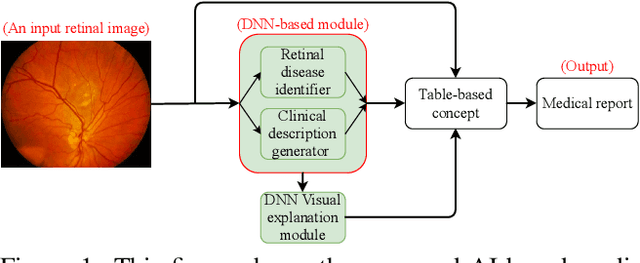
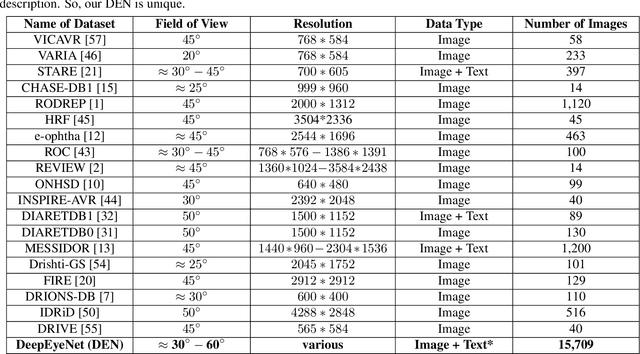
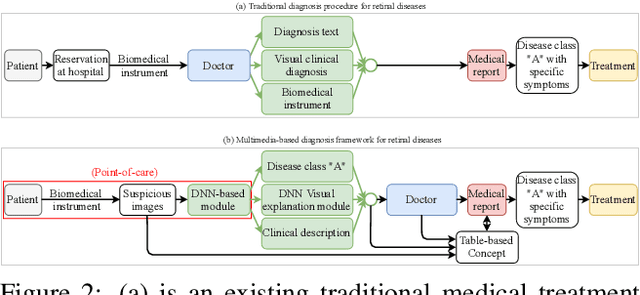

Abstract:In this work, we propose an AI-based method that intends to improve the conventional retinal disease treatment procedure and help ophthalmologists increase diagnosis efficiency and accuracy. The proposed method is composed of a deep neural networks-based (DNN-based) module, including a retinal disease identifier and clinical description generator, and a DNN visual explanation module. To train and validate the effectiveness of our DNN-based module, we propose a large-scale retinal disease image dataset. Also, as ground truth, we provide a retinal image dataset manually labeled by ophthalmologists to qualitatively show, the proposed AI-based method is effective. With our experimental results, we show that the proposed method is quantitatively and qualitatively effective. Our method is capable of creating meaningful retinal image descriptions and visual explanations that are clinically relevant.
Synthesizing New Retinal Symptom Images by Multiple Generative Models
Feb 11, 2019
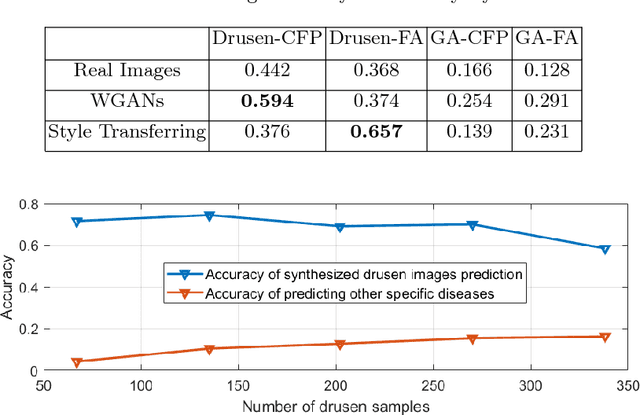
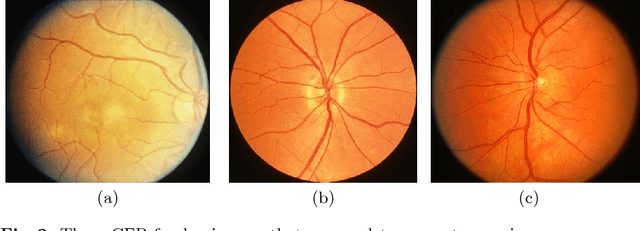
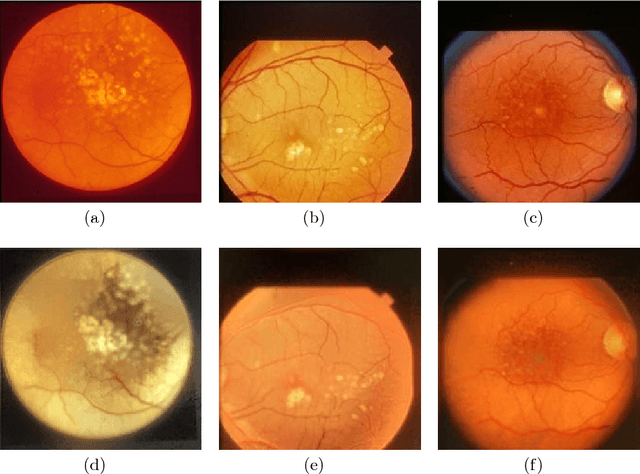
Abstract:Age-Related Macular Degeneration (AMD) is an asymptomatic retinal disease which may result in loss of vision. There is limited access to high-quality relevant retinal images and poor understanding of the features defining sub-classes of this disease. Motivated by recent advances in machine learning we specifically explore the potential of generative modeling, using Generative Adversarial Networks (GANs) and style transferring, to facilitate clinical diagnosis and disease understanding by feature extraction. We design an analytic pipeline which first generates synthetic retinal images from clinical images; a subsequent verification step is applied. In the synthesizing step we merge GANs (DCGANs and WGANs architectures) and style transferring for the image generation, whereas the verified step controls the accuracy of the generated images. We find that the generated images contain sufficient pathological details to facilitate ophthalmologists' task of disease classification and in discovery of disease relevant features. In particular, our system predicts the drusen and geographic atrophy sub-classes of AMD. Furthermore, the performance using CFP images for GANs outperforms the classification based on using only the original clinical dataset. Our results are evaluated using existing classifier of retinal diseases and class activated maps, supporting the predictive power of the synthetic images and their utility for feature extraction. Our code examples are available online.
Auto-Classification of Retinal Diseases in the Limit of Sparse Data Using a Two-Streams Machine Learning Model
Nov 01, 2018

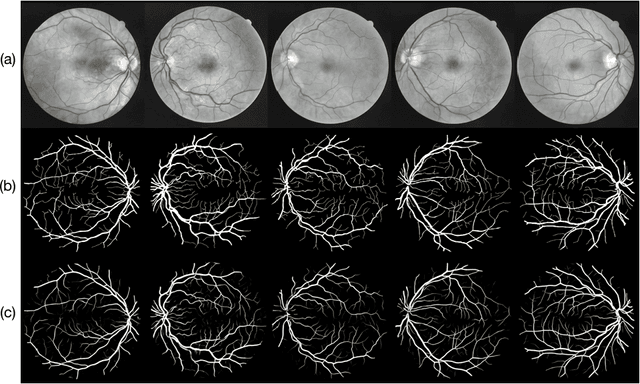
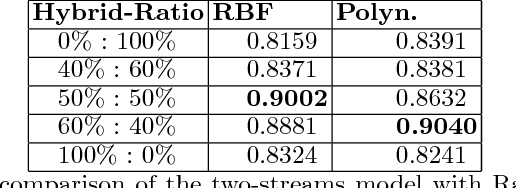
Abstract:Automatic clinical diagnosis of retinal diseases has emerged as a promising approach to facilitate discovery in areas with limited access to specialists. Based on the fact that fundus structure and vascular disorders are the main characteristics of retinal diseases, we propose a novel visual-assisted diagnosis hybrid model mixing the support vector machine (SVM) and deep neural networks (DNNs). Furthermore, we present a new clinical retina dataset, called EyeNet2, for ophthalmology incorporating 52 retina diseases classes. Using EyeNet2, our model achieves 90.43\% diagnosis accuracy, and the model performance is comparable to the professional ophthalmologists.
* A extension work of a workshop paper arXiv admin note: substantial text overlap with arXiv:1806.06423
 Add to Chrome
Add to Chrome Add to Firefox
Add to Firefox Add to Edge
Add to Edge